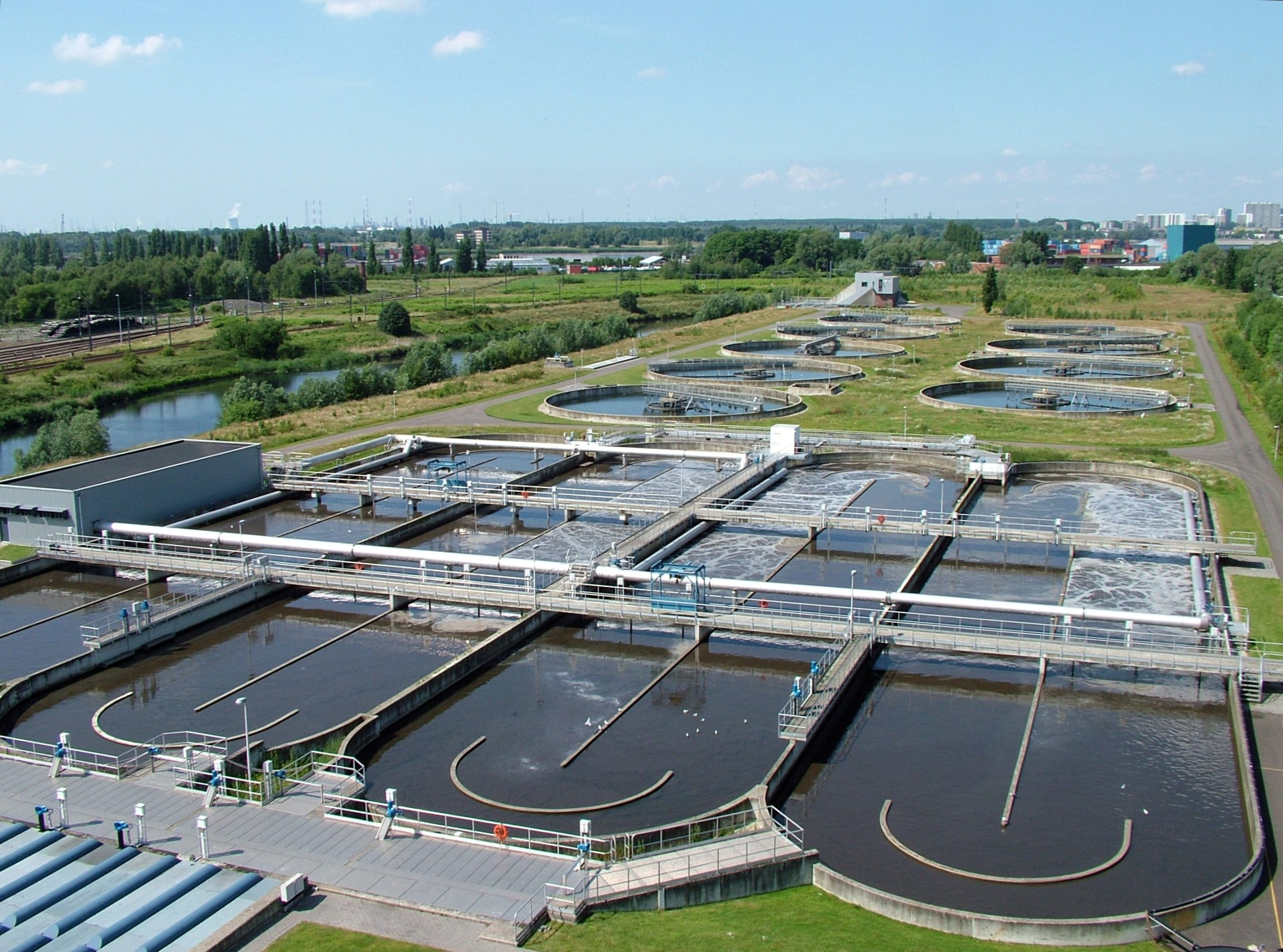A water purifier is a device designed to remove contaminants and impurities from water, making it safe for drinking and other uses. Understanding what a water purifier is, its components, how it functions, its various uses, and the necessary maintenance can help you make informed decisions about water purification in your home or workplace. This article delves into the details of water purifiers, providing a comprehensive guide to their operation and upkeep.
Components of a water purifier
A water purifier typically consists of several key components, each playing a vital role in the purification process. These components include:
- Sediment filter: This filter is designed to remove large particles such as sand, dirt, and rust from the water. It is the first line of defense in the purification process.
- Activated carbon filter: This filter adsorbs chlorine, pesticides, herbicides, and other organic chemicals that can affect the taste and smell of the water.
- Reverse osmosis (RO) membrane: The RO membrane removes dissolved salts, heavy metals, and other impurities by forcing water through a semi-permeable membrane.
- Ultraviolet (UV) light: UV light is used to kill bacteria, viruses, and other microorganisms in the water. It is an effective way to ensure that the water is microbiologically safe.
- Post-carbon filter: This filter further improves the taste and quality of the water by removing any residual impurities and odors.
- Storage Tank: Some water purifiers come with a storage tank to hold purified water until it is needed.
- Faucet or Dispenser: This component provides a convenient way to access the purified water.
How does a water purifier work?
A water purifier works through a multi-stage process to ensure that water is free from contaminants and safe for consumption. Here’s a step-by-step overview of how a typical water purifier functions:
- Pre-Filtration: Water first passes through a sediment filter, which removes large particles and sediments. This protects the more delicate filters and membranes from clogging.
- Activated carbon filtration: The water then passes through an activated carbon filter, which removes chlorine, organic compounds, and other chemicals that can affect the water’s taste and odor.
- Reverse Osmosis: In purifiers equipped with RO technology, water is forced through a semi-permeable membrane that removes dissolved salts, heavy metals, and other impurities. The purified water is separated from the concentrated contaminants, which are then flushed away.
- UV Disinfection: The water is exposed to ultraviolet light, which kills bacteria, viruses, and other pathogens. This step ensures that the water is microbiologically safe.
- Post-Filtration: Finally, the water passes through a post-carbon filter, which polishes the water, removing any remaining impurities and improving its taste.

Uses of a water purifier
Water purifiers are used in various settings to ensure access to clean and safe drinking water. Some common uses include:
- Residential Use: Many households use water purifiers to provide safe drinking water, improving the taste and quality of tap water. This is especially important in areas where water quality is questionable or where there are concerns about contaminants.
- Commercial Use: Businesses, restaurants, and hotels use water purifiers to provide safe and clean water to customers and employees. This helps maintain high standards of hygiene and health.
- Medical and laboratory use: In medical facilities and laboratories, water purifiers are essential to provide water that meets stringent purity standards. This is crucial for various medical procedures and scientific experiments.
- Industrial Use: Industries use water purifiers to ensure that the water used in manufacturing processes is free from contaminants that could affect product quality.
Essential periodic maintenance
Regular maintenance is crucial to ensure the optimal performance and longevity of a water purifier. Here are some essential maintenance tasks:
- Regular filter replacement: The filters in a water purifier need to be replaced periodically to maintain their effectiveness. Sediment and carbon filters should be replaced every 6-12 months, depending on usage and water quality.
- RO membrane replacement: The RO membrane should be replaced every 2-3 years. Over time, it can become clogged with impurities, reducing its efficiency.
- Cleaning and sanitizing: The storage tank and other components should be cleaned and sanitized regularly to prevent the growth of bacteria and other microorganisms.
- UV lamp replacement: The UV lamp should be replaced every 12 months to ensure effective disinfection. The intensity of the UV light decreases over time, reducing its ability to kill pathogens.
- Regular inspections: Regular inspections by a professional can help identify and address any issues with the water purifier. This includes checking for leaks, ensuring proper functioning of all components, and making necessary adjustments.
Conclusion
A water purifier is an essential device for ensuring access to clean and safe drinking water. By understanding its components, how it functions, its various uses, and the necessary maintenance, you can ensure that your water purifier operates effectively and provides high-quality water. Regular maintenance and timely replacement of filters and other components are key to prolonging the life of your water purifier and ensuring it continues to deliver safe and clean water for your needs. Whether for residential, commercial, medical, or industrial use, a water purifier is a valuable investment in health and well-being.

